The Tomahawk Land Attack Cruise Missile (TLAM) is a precision weapon that launches from ships and submarines and can precisely strike targets from 1000 miles (ca. 1,609 km) away.
The Royal Navy website describes the Tomahawk as;
The Tomahawk IV – known in the Royal Navy as TLAM (Tomahawk Land Attack Cruise Missile) – allows submarines to strike at ground targets hundreds of miles inland with pinpoint accuracy. The missile has been in use with the Submarine Service since the late 1990’s. Tomahawk IV is the latest version of the missile. It has a longer range than its predecessors (well in excess of 1,000 miles), can be directed at a new target in mid-flight, and can also beam back images of the battlefield to its mother submarine
Although only available in relatively small numbers, it is a highly effective weapon that has been used in operations in the Balkans, Middle East and Libya.
It provides the UK with a weapon of strategic value well beyond the small numbers available.
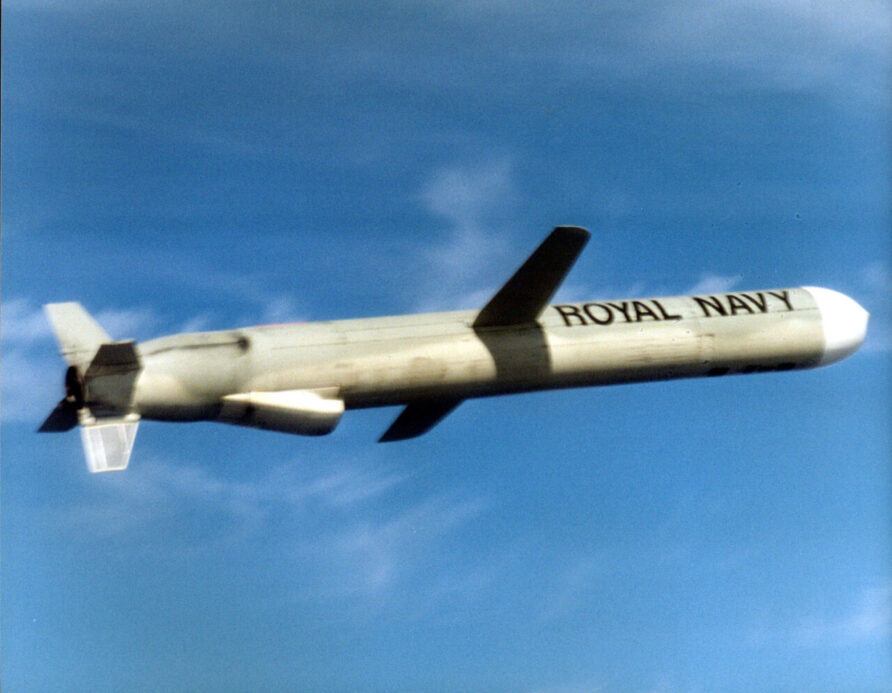
Tomahawk Land Attack Cruise Missile (TLAM) History
Discussions about the Royal Navy purchasing a land-attack cruise missile started to take place at about the same time as the RAF’s CASOM (Storm Shadow) was being progressed, in the mid-nineties.
The MoD had recognised that an aircraft-delivered cruise missile might not always provide the optimal solution and the covert approach afforded by a submarine would provide a powerful complement to CASOM.
The Tomahawk Land Attack Cruise Missile has a long history, but briefly, it was initiated as a long-range anti-ship missile in the seventies under the direction of the US Navy Admiral Zumwalt. He, despite resistance, insisted the missile be capable of being fired from a standard submarine torpedo tube.
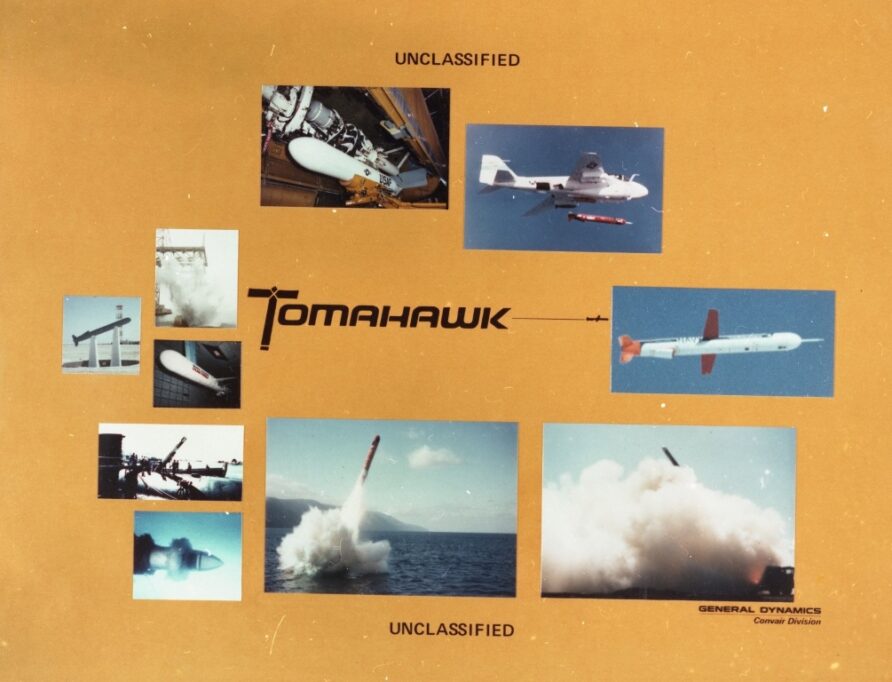
The first of the family was the Tomahawk Anti-Ship Missile (TASM), becoming operational in 1982/3. TASM was followed by TLAM, the Tomahawk Land Attack Missile.

The first Block III Tomahawk missile entered service with the US Navy in 1993, it had increased range, a more powerful warhead and GPS navigation. At the same time as the Block III missiles were entering service, the Block IV missiles were in development.
With the Air Hawk, essentially, a cut-down Block III Tomahawk, on offer for the CASOM requirement, there were many incentives to merge the RAF and RN requirements, but it was not to be.
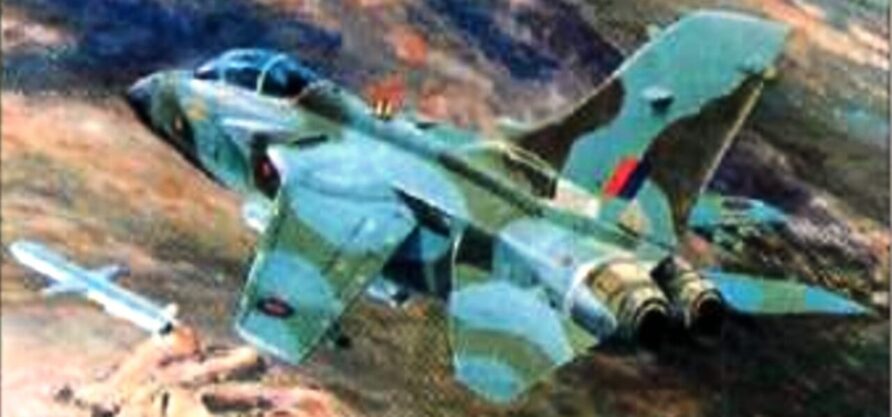
The RAF and RN diverged, the Royal Navy entered into negotiations for Tomahawk and the RAF continued with CASOM, a requirement that would be met by Storm Shadow.
In 1995, an initial batch of 65 Block III TLAM was ordered by the MoD in 1995 under a £180 million US FMS deal.
Loral also received a $60m contract for the combat system integration modifications for seven submarines, with Vickers Shipbuilding acting as a partner.
Integration continued and in 1998 the first firing on Tomahawk from a Royal Navy submarine took place off San Diego, HMS Splendid doing the honours.
First RN Tomahawk Firing Images
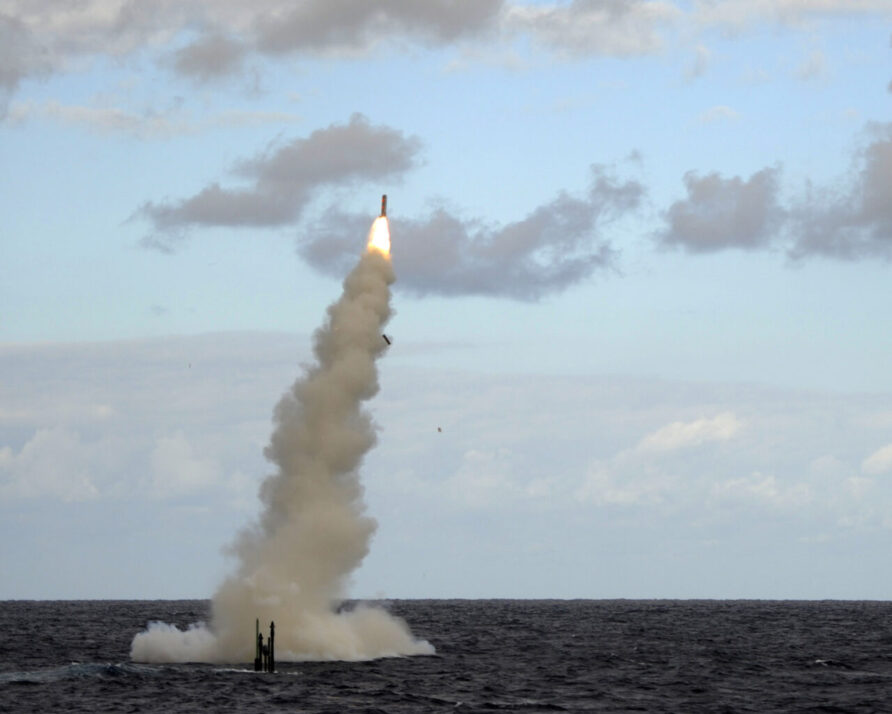
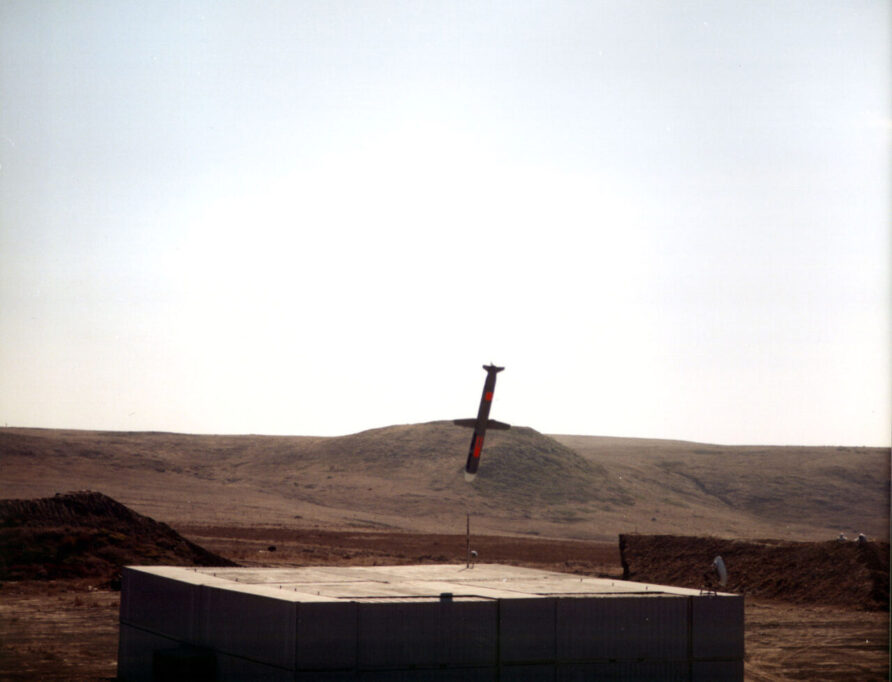
On her return from first-of-class Tomahawk trials in March 1999, HMS Splendid was diverted and carried out the first UK operational use of Tomahawk on the 24th of March, as part of operations in Kosovo.
A follow-on order of 30 TLAM was ordered in 1999 to replace those expended during operations against the former Yugoslavia. By this time, production of Block III had ceased and so the order was provisioned by upgrading US Navy stocks.
Full Operational Capability (FOC) was achieved in 2001, in August the third Royal Navy submarine to be equipped for Tomahawk completed her test firing, HMS Trafalgar.
This was also the first firing from a Royal Navy submarine equipped with the new Submarine Command System (SMCS) and US/UK version of the Advanced Tomahawk Weapon Control System software.
HMS Trafalgar and HMS Triumph fired a number of Tomahawk cruise missiles during the opening night of operations against Al-Qaeda in Afghanistan on the 7th and 8th of October 2001. Further firings also took place on the 13th
In December 2001, the MoD ordered 48 Block IIIC TLAM missiles to replenish stocks.
Because the Block IV Tactical Tomahawk was not available with a Torpedo Tube Launch (TTL) option, Raytheon and the MoD jointly funded development work to adapt the Block III TTL, contract value of $27m.
The Block IV missile in the US Navy service was designed for vertical launch only, either from a Mk 41 VLS or submarine vertical launch tube.
The USN had originally wanted a TTL launch version of the Tactical Tomahawk, but it was dropped to save cost.
Block IV TLAM included a two-way data link, lower-cost William’s turbojet, additional fuel and new sensors.
The first test-firing of a Block IV TLAM took place in July 2007, from HMS Trenchant.
The system was declared operational soon after, in 2008.
HMS Triumph fired a number of TLAM during Operation ELLAMY in 2011, reportedly, 12.
A Parliamentary Question revealed the cost of Tomahawk cruise missiles;
Equivalent values for each of the Tomahawk Land Attack Missile (TLAM) Block III and TLAM Block IV surface-to-surface missiles fired over the same period are £1,100,000 and £870,000 respectively. All of the figures are inclusive of VAT.
Also in 2011, HMS Astute, first of the class, fired a Tomahawk missile on a US test range.
Astute Tomahawk Videos
High speed camera footage
A small number were purchased in 2014/15, exact numbers have not been confirmed.
Tomahawk has been through a veritable alphabet of variations, it is a mature weapon system. Because of this maturity, there have been many attempts at making space for a replacement by winding down production, but recently, there has been somewhat of a resurgence in interest.
The last few years have seen different payloads (including ECM) trialled, a return to the anti-ship capability and continual improvements in data link and sensor technologies, much of this in response to US strategic initiatives.
The US Navy entered into a contract for the remanufacture and re-certification of their Block IV inventory. Each missile underwent a 15-year certification, and the first of these was planned for 2019.
Some newer technology solutions were inserted, in effect, it was not only a recertification programme but an upgrade programme as well.
UK plans for Tomahawk remain unclear and whether it was deliberate or accidental, the release of information for the Future Cruise and Anti-Ship Weapon (FCASW) omitted any mention of Tomahawk.
In 2019, a sustainment contract was awarded to Lockheed Martin
Lockheed Martin Corp., Lockheed Martin – Rotary and Mission Systems, King of Prussia, Pennsylvania, is awarded $10,939,237 for cost-plus-fixed-fee delivery order N00019-18-F-2684 against a previously issued basic ordering agreement (N00019-15-G-0057). This delivery order provides for the management, sustainment, and upgrade of the Tactical Tomahawk Weapons Control System software product baseline and the required system and software documentation for the Navy and the government of the United Kingdom. Work will be performed in King of Prussia, Pennsylvania (98 percent); and Patuxent River, Maryland (2 percent), and is expected to be completed in January 2020. Fiscal 2019 other procurement (Navy); fiscal 2019 research, development, test and evaluation (Navy); fiscal 2019 operations and maintenance (Navy) funds; and foreign military sales funds in the amount of $10,939,237 will be obligated at time of award, $1,361,805 of which will expire at the end of the fiscal year. This order combines purchases for the Navy ($8,687,257; 79.4 percent); and the government of the United Kingdom ($2,251,980; 20.6 percent) under the Foreign Military Sales program. The Naval Air Systems Command, Patuxent River, Maryland, is the contracting activity.
In May 2022, the MoD announced that it had contracted with Raytheon to upgrade the Royal Navy’s existing stock of 65 Block IV weapons to Block V
Its manufacturers have upgraded the system from the existing model, Block IV, to V, to ensure the missile remains effective against future threats – and defences – ensuring Tomahawk remains as effective and relevant as it was since it was first deployed. As a result, the UK’s stockpile of Block IVs will be turned into Block Vs from July in a five-year programme.
and
Among the enhancements on the Block V missiles will be the improved ability to block attempts to jam/divert the Tomahawk from its target. Alongside upgrading the missile itself, the command systems on the boats and support ashore will also be modernised to meet the demands and requirements of the enhanced Tomahawk. The first upgraded Tomahawks will be delivered to the Fleet by 2024 with a test firing planned by an Astute-class boat the following year.
In 2024, Babcock was awarded a £1.295 million contract, to run to 2030 for…
The in-service support of Tomahawk land attack missile systems
Tomahawk remains in service with the Royal Navy, carried aboard Astute Class SSN.
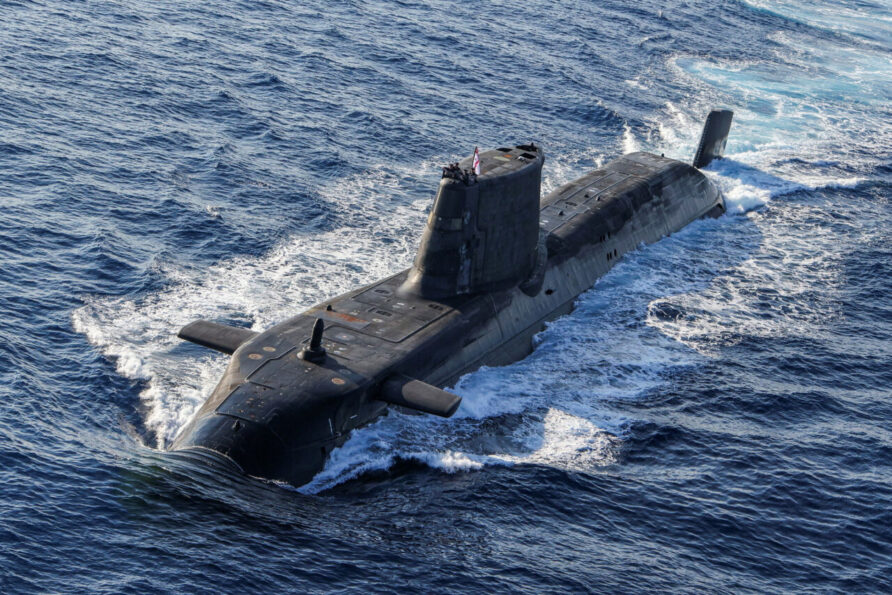
Tomahawk Land Attack Cruise Missile (TLAM) Capabilities
The best simple description for the Royal Navy TLAM is from Frazer Nash, the organisation that developed the safety case;
Both Block III and Block IV are winged, high-subsonic speed missiles which provide the submarine with an attack capability against a variety of land targets. The missiles include a warhead, solid-propellant rocket motor, cruise engine, and various underwater protection devices. The missiles are contained within steel capsules, which also serve as smooth bore launching devices when loaded into the submarine torpedo tube, from which the missiles are horizontally launched.
They go on;
Route planning, initialisation of the missile, downloading of data to, and launch of RN TLAM is controlled by the Tomahawk Weapon Control System (TWCS), which interfaces with the submarine Weapon Handling and Launch System, and the submarine Fire Control Equipment. At launch RN TLAM is ejected from the steel capsule held within the submarine torpedo tube. When the missile is clear from the submarine, a lanyard initiates the firing circuit for the rocket motor. The guidance system is programmed to pitch the missile nose up using Thrust Vector Control (TVC) on the rocket motor nozzle.
The underwater protection devices consist of two jettisonable wing slot plugs, an engine inlet cover and continuity shrouds. These devices prevent the entry of seawater into the missile during underwater launch. After broach, the missile jettisons the engine inlet cover, wing plugs and the shrouds between the missile and rocket motor allowing the fins to deploy.
Upon reaching a set velocity, the engine inlet and wings are deployed and the shaped trajectory auto-pilot is activated. Once the rocket motor thrust has decayed, the rocket motor is jettisoned, and the cruise engine is initiated. The missile then descends to cruise altitude and is guided to the target by the guidance unit.
And;
One of the most prominent characteristics of TLAM is its accuracy. TLAM can fly 1000 miles and hit a target the size of a garage. In addition to this capability, the missiles are also very effective at evading detection due to their low altitude flight path which is beyond the range of most radar systems. The four different systems that help guide TLAM are briefly described in the following paragraphs.
Inertial Guidance System (IGS); The IGS is an acceleration-based system that can keep track (approximately) of where the missile is, based on the accelerations it detects in the missile’s motion.
Terrain Contour Matching (TERCOM); TERCOM uses an onboard 3D database of the terrain the missile will be flying over. The TERCOM system compares its stored set of digital maps with the ground elevation readings supplied by the missile’s radar altimeter. The TERCOM system is what enables TLAM to sustain a low altitude flight path.
Global Positioning System Subsystem (GPSS); A Global Positioning System Subsystem (GPSS) is used to perform periodic navigational updates to the missile. The GPSS receives signals from GPS satellites, processes the signals, and provides navigational data to the Cruise Missile Guidance Set (CMGS). This ability to receive GPS navigational data provides flexibility and higher reliability in accomplishing mission objectives.
Digital Scene Matching Area Correlation (DSMAC); Once the missile approaches its target, the missile switches to a terminal guidance system to determine the impact point. Stored digitised images or scenes are used to perform terminal updates. A sensor in the DSMAC set takes a visible wavelength image of the ground features, digitises the images and then compares them with the stored digitised images.
Then it goes bang, with a 1,000-pound unitary warhead, that was my bit!
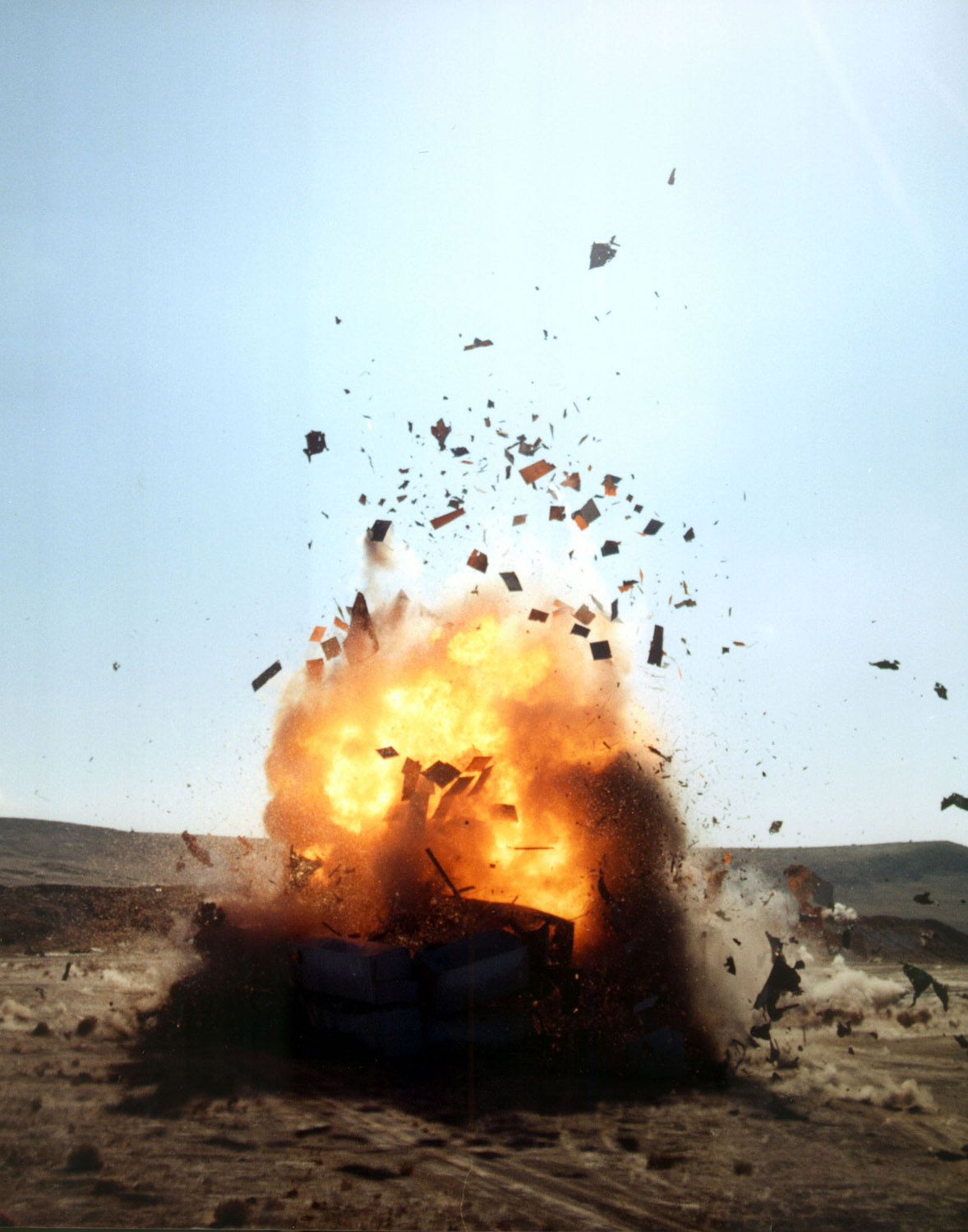
Change Status
| Change Date | Change Record |
| 05/05/2016 | Initial issue |
| 29/07/2021 | Refresh and format update |
| 25/11/2021 | Format refresh |
| 29/11/2024 | Added Babcock support contract |
Discover more from Think Defence
Subscribe to get the latest posts sent to your email.

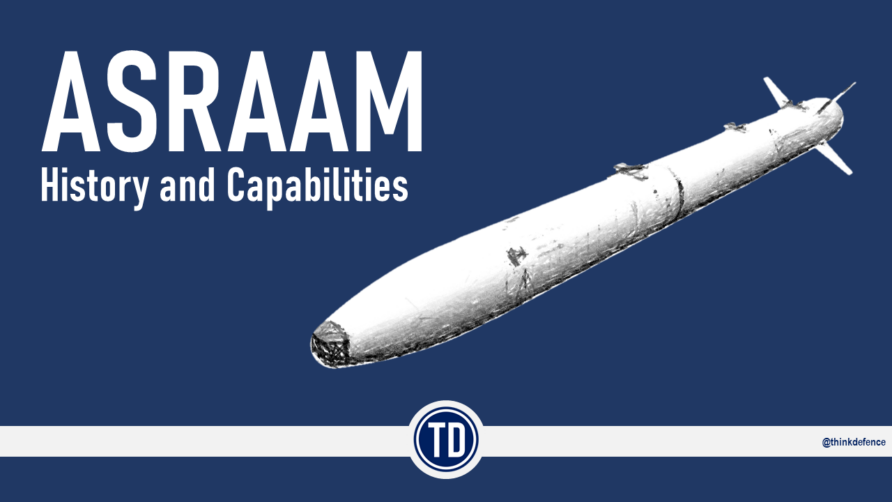
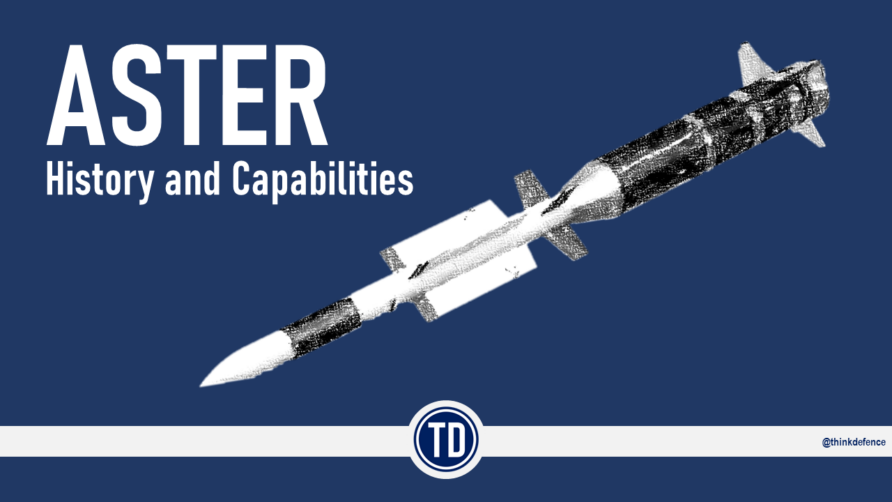
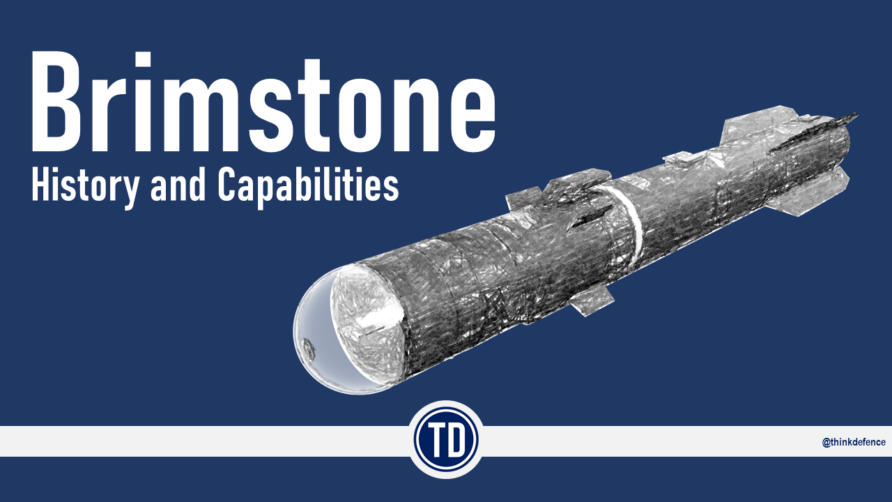
There is nothing here.
Work in progress David!